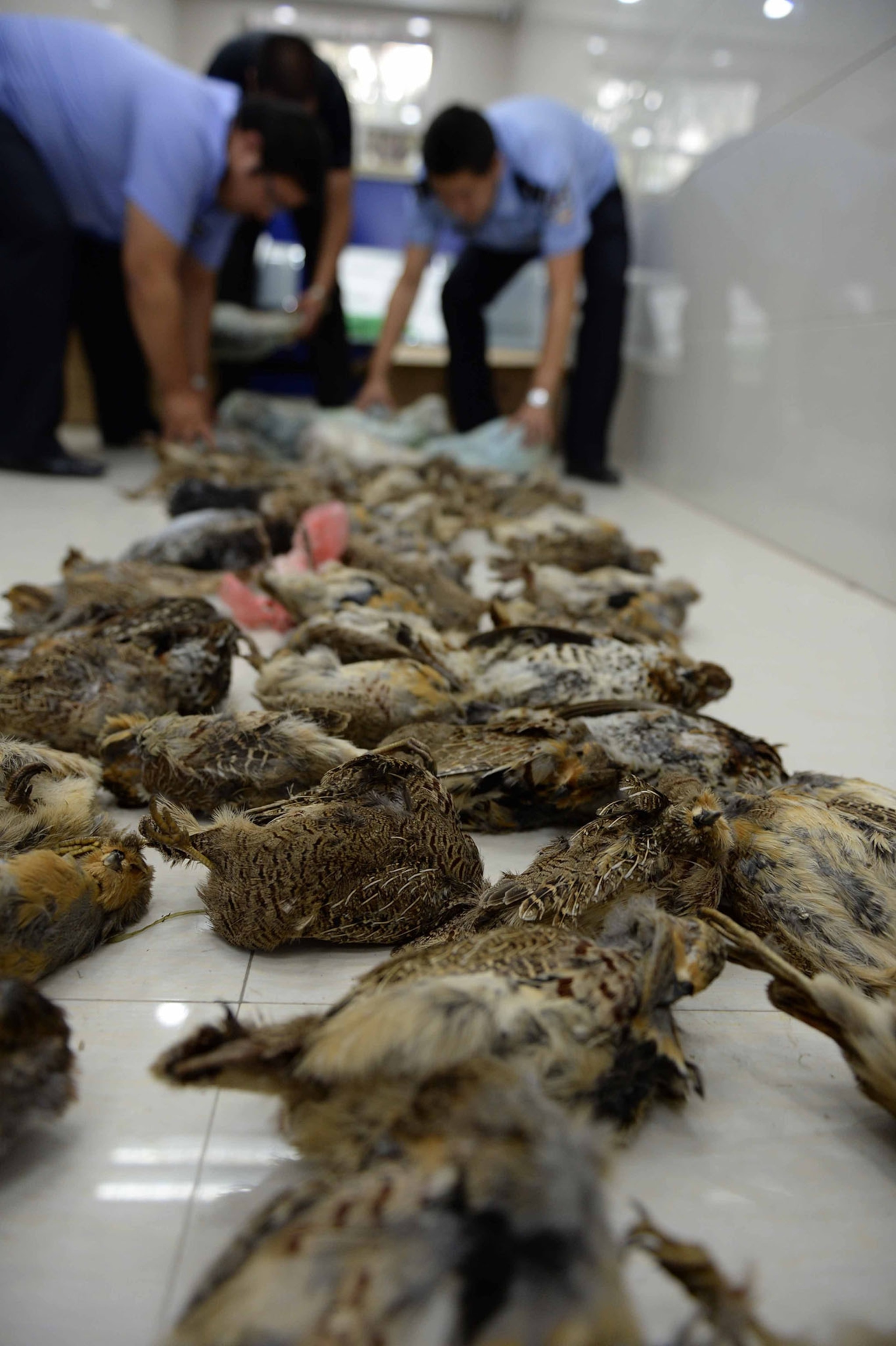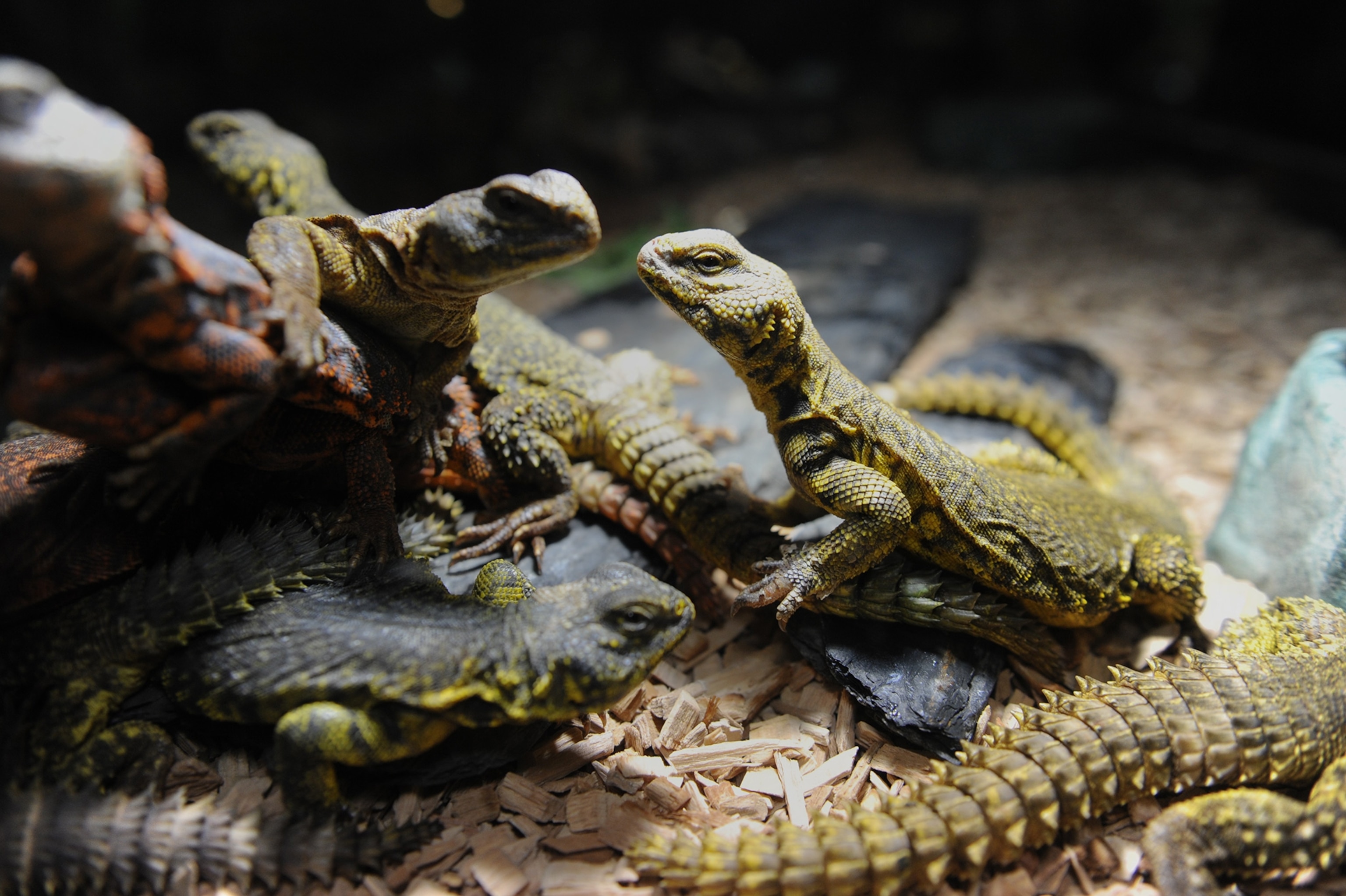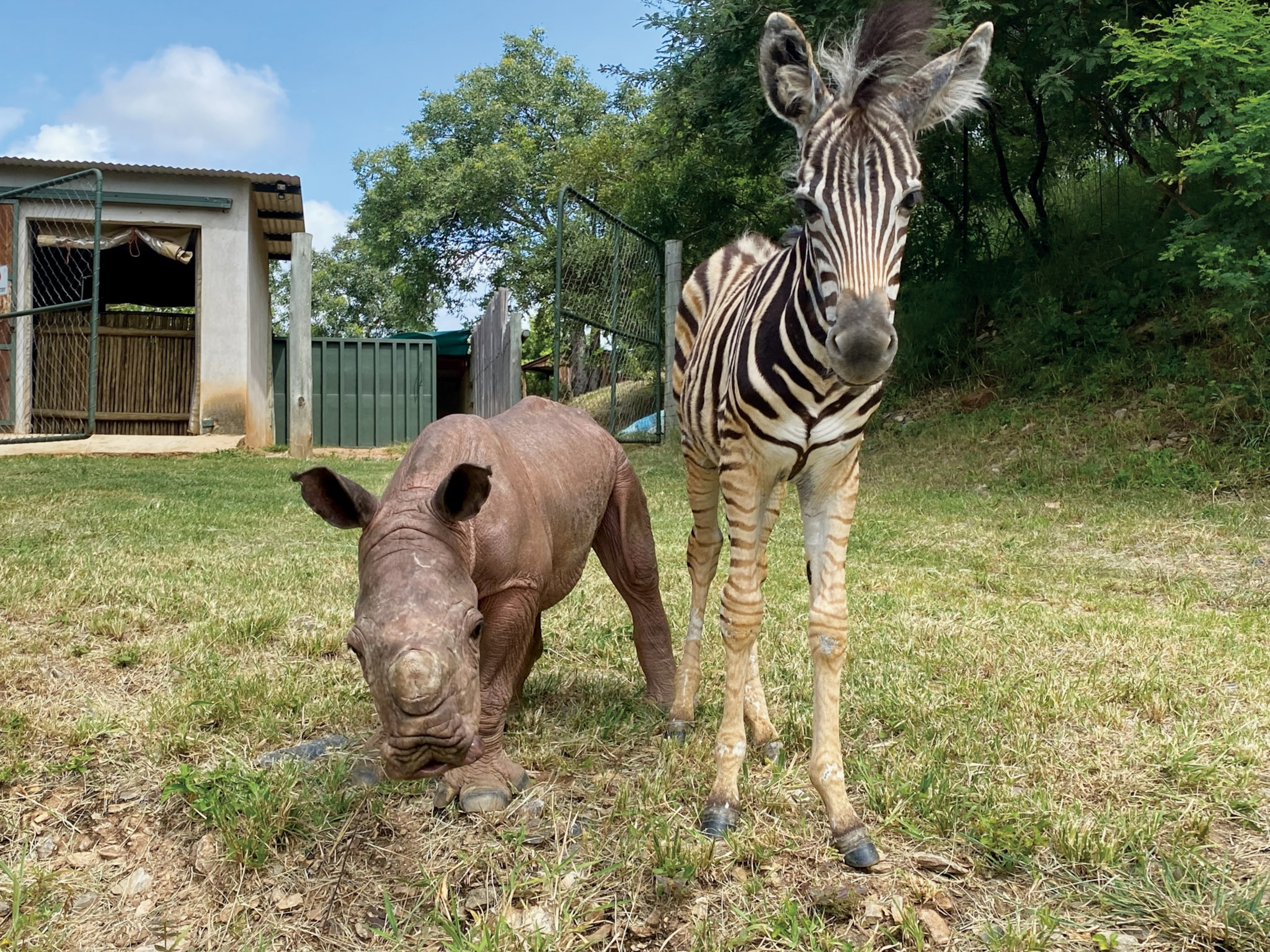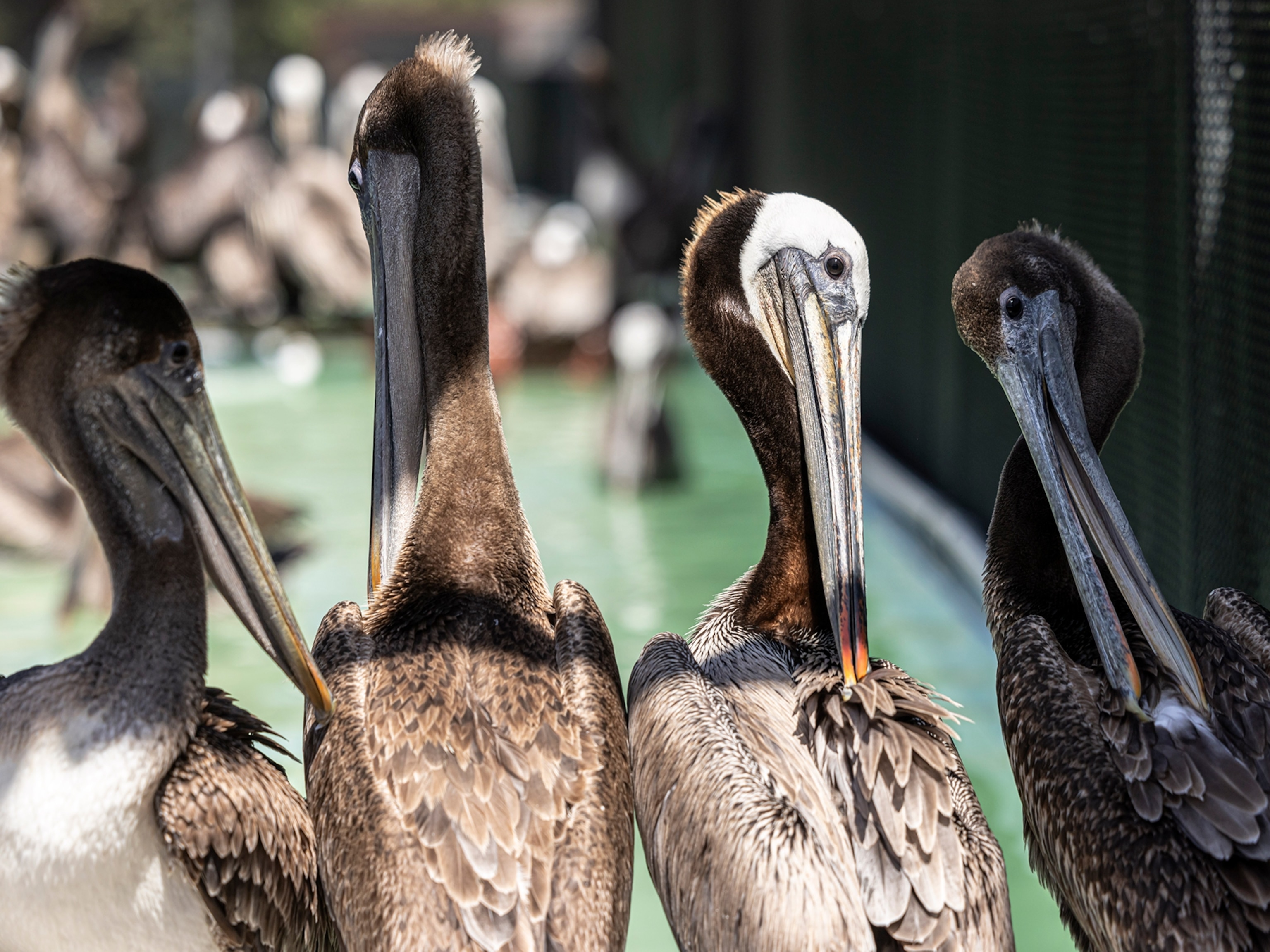
What Happens to Smuggled Animals After They’re Seized?
The world’s wildlife trade policy body wants better treatment and tracking of illegally traded animals confiscated by authorities.
Johannesburg, South Africa — We’ve heard a lot recently about illegal trading of elephant ivory and rhino horn, but it’s not only animal parts that smugglers attempt to slip across borders for the commercial trade. They also move live wild animals—reptiles, birds, monkeys—to other nations, where they’re sold as exotic pets or as props in tourist attractions. Some are killed to supply demand for their body parts.
Officials seized more than 60,000 wild creatures between 2010 and 2014, according to a recent study by World Animal Protection and WildCRU, Oxford University’s wildlife conservation research team. About a fifth of those were threatened species. And this statistic represents the “tip of a far greater iceberg,” said lead author Neil D’Cruze, because most countries don’t report information about live wildlife confiscations.
So with grim futures awaiting so many trafficked animals, it’s a good thing when authorities seize illegally traded wildlife—you’d think. Instead, wildlife advocates say that animals often fare terribly after they’re confiscated.
“In some places, if the animals could speak up, maybe they’d choose to be with the traffickers,” said Elsayed Ahmed Mohamed of the International Fund for Animal Welfare, a Massachusetts-based nonprofit.
Mohamed’s and D’Cruze’s comments came on Tuesday at the conference, in Johannesburg, South Africa, of the Convention on the International Trade in Endangered Species of Wild Flora and Fauna (CITES), the body that sets global wildlife trade policy.
Made up of 182 nations and the European Union, CITES is tasked primarily with conservation and trade issues, so consideration of animal welfare matters rarely takes the spotlight. But on the conference agenda was a proposal and a panel discussion on the question of how nations can do a better job of tracking and protecting seized live animals, as well as ensuring that they don’t harm humans and other wildlife.

Under CITES guidelines, nations must send confiscated animals back to the exporting country, or to a “government-designated rescue center,” or other places deemed “appropriate.” CITES also directs countries to ensure humane treatment of the animals.
But that doesn’t always happen, according to advocates, who say it can be expensive or impractical to transport some wild animals back home and that some member nations don’t have designated rescue centers.
In some cases authorities simply decide not to confiscate the animals because they don’t know what to do with them, D’Cruze says. Instead, they might be sent to shoddy facilities, end up back in the hands of traffickers, or be returned to the wild where some could spread diseases. Animals might even be euthanized for no good reason.
“Officials involved in seizures sometimes have no expertise on handling that type of animal that may be dangerous or may carry diseases or be seriously injured,” says Masha Kalinina, a global trade policy specialist at Humane Society International. "They don’t know what to do with these animals—whether they should put them back in the forest outside their door, whether they should keep them at the customs facility or give them to a zoo."
One eyebrow-raising case surfaced last year when police in Vietnam seized 42 pangolins and handed them over to forest rangers for safekeeping. The rangers sold the critically endangered creatures to local restaurants for $11,000. (Related: “The World's Most Trafficked Mammal Just Got Desperately Needed Help”)
And before Spain designated a rescue center, some of its seized animals went to a zoo now under investigation for ties to the illegal wildlife trade, according to Raquel Garcia, head of public policy at Animal Advocacy and Protection, a nonprofit that runs rescue centers and advocates for wild animals.
Garcia says things improved once her organization set up shop in Spain. “We’re the designated rescue center, so we answer the call when the authorities have a confiscation,” she said. “We bring them in, rehabilitate them if they’re social animals, and make sure they’re placed in a legitimate location.”

Further complicating matters is that CITES doesn’t require nations to track the animals after they’re seized, so it’s hard to know what outcomes are most common. That makes it tough to figure out where to direct resources or hold countries accountable if things go wrong.
But there’s now a glimmer of hope: The convention’s member countries agreed to direct the Secretariat, the governing body of CITES, to distribute a questionnaire and provide analysis about how nations deal with confiscated animals. And Humane Society International has offered recommendations to the countries on how to set up a rescue center, which it hopes CITES will incorporate into its guidelines.
“We’re going to see more live animals in trade detected and confiscated,” said CITES Secretary-General John Scanlon during the panel discussion, adding that “we really need to assist countries” that may have other more pressing priorities to deal with.
(Read more stories out of the CITES meeting in Johannesburg here.)





